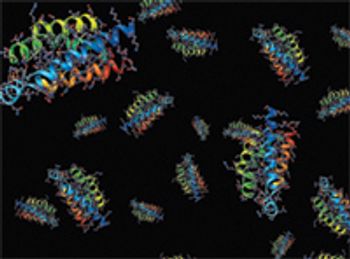
The author describes a method to avoid protein aggregation when using light scattering systems.

The author describes a method to avoid protein aggregation when using light scattering systems.

Quality risk management is an essential element of every aspect of drug development and manufacturing throughout the product lifecycle.

At Pittcon 2013, Bruker introduced a range of instruments and software updates including two LC-triple quadrupole (LC-TQ) mass spectrometers.

Rigaku Raman Technologies announced an updated version of the FirstGuard handheld Raman analyzer at Pittcon 2013.
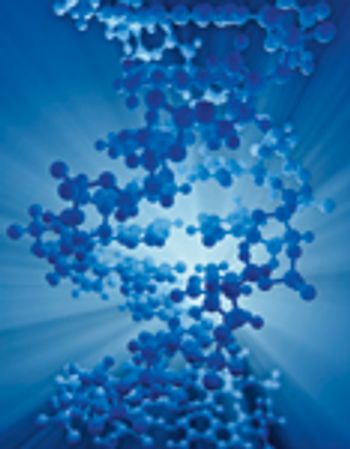
As biopharmaceutical/pharmaceutical companies increase their development of biologic-based drugs, companies providing analytical instrumentation and laboratory testing goods and services are, in turn, offering improved tools for biologic characterization, biomanufacturing, and related testing.
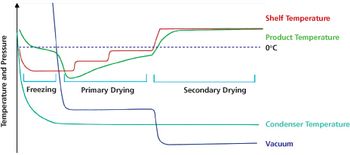
Optimized freeze-drying cycles can offer scientific and business advantages.

BioPharm International spoke with industry experts about the effect FDA's 2011 process validation guidance has had on industry.

The authors present approaches used to reduce reconstitution time of a lyophilized high-concentration protein drug product.

Applying quality-by-design and process analytical technology facilitates process understanding and control of various operations in lyophilization.
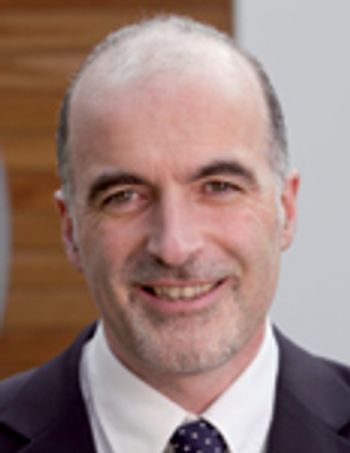
NIBRT's Michael Lacey provides an overview of biopharmaceutical facility design and operation.

Project: transfer a manual concentration/diafiltration process for siRNA production.

FDA talks about the changing scope of regulatory science.

What the industry's future holds and what needs to be done to get there.

NIBRT's Ray O'Connor provides an overview of aseptic processing.
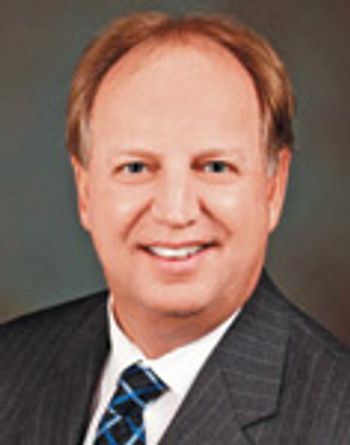
Preparation of biological samples for chromatographic analyses.

NIBRT's Pauline Rudd on what to expect when performing glycan analysis.

Is process-centered organization in biopharmaceutical manufacturing a stepping stone or a stumbling block?

NIBRT's Jayne Telford provides an overview of biopharmaceutical analytics and their accompanying qualification and validation steps.
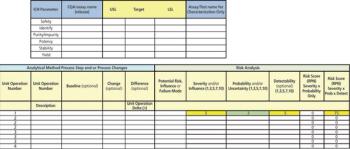
A 10-step systematic approach to analytical method development and validation can improve the quality of drug development.
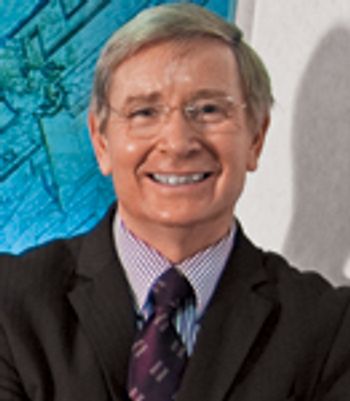
Patrick Jackson of Vindon Scientific offers key considerations for choosing an outsourced sample storage facility.
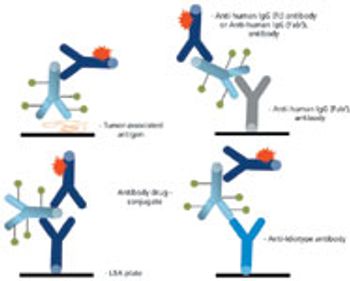
The complex structure of ADCs necessitates different analytical strategies than those for either small molecules or unconjugated monoclonal antibodies.
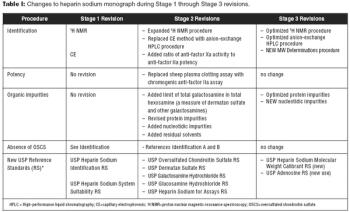
USP optimizes identification tests and impurities procedures.

Using an alternate moisture-generation method may provide more accurate data for regulatory submissions.

MIT survey results address product and site characteristics that statistically correlate with quality performance.

Using a competency-based approach to effectively train biopharmaceutical industry staff.